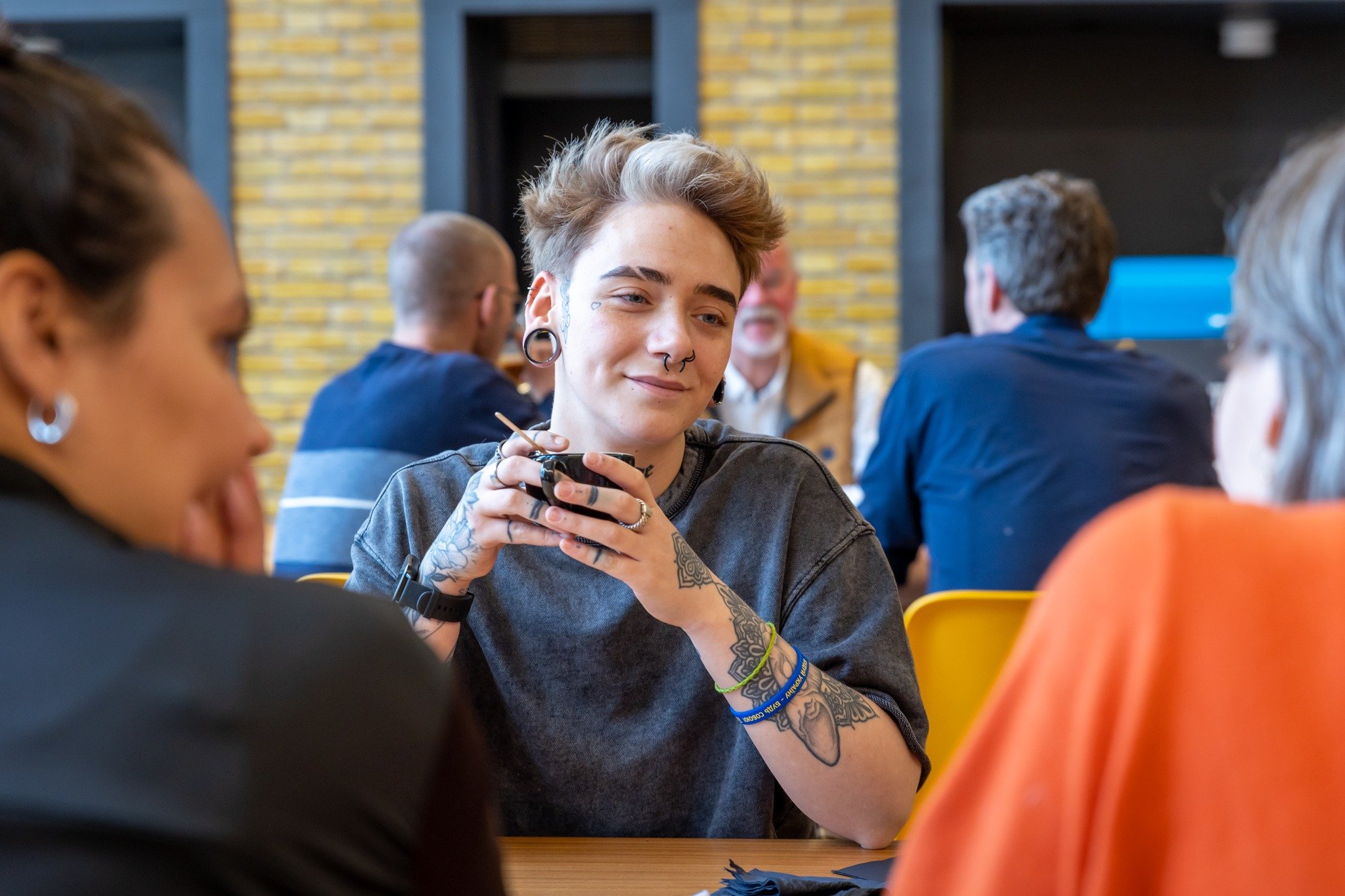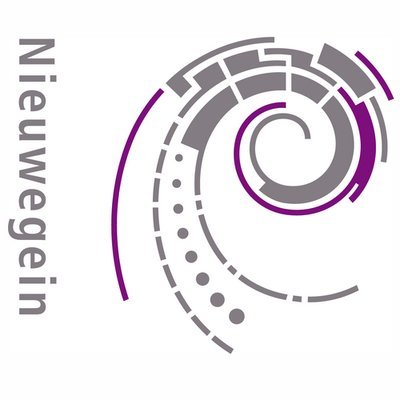Living Library for employees
Living Library in your organisation
Introduction
We would love to set up a Living Library in your organisation or company. Employees and/or managers can learn more about diversity and inclusion in an accessible way, simply by having a conversation with our living books.
Prejudices
Every living book is personally dealing with a certain prejudice. For example, you can have a conversation with a transgender person, somebody with autism, a refugee, a wheelchair user or an ex-convict. Everything can be asked and discussed, as long as it happens with respect. In that way, we can break prejudices. We always make sure there are living books from different ‘genres’, for example relating to health, sexuality, gender and ethnicity.
Goals
The primary goal of the Living Library is to reduce prejudices. Everyone has prejudices, that is very normal. But we do want to create awareness. By engaging in a conversation you learn new things, from a personal perspective. Everyone can choose their own living book, for example because you know little about a particular subject or because you know somebody who is also dealing with that subject. Or because you want to challenge yourself with a subject that stands far away from you. Or maybe you are just curious about some subject. Maybe you read and hear a lot about transgender persons, but have you ever had a good conversation with a trans person?
Impact
The Living Library is a proven effective method. In the Netherlands, four scientific studies have been published about the Living Library and they are all positive. Read more here. Next to that, we publish and evaluation report of every Living Library, reactions and results. You can view them here.
Why a Living Library in your organisation?
The Living Library is an accessible way to put Diversity and Inclusion on the agenda and to promote dialogues;
It reduces prejudices that employees might have. It leads to a more open attitudes amongst employees themselves and towards clients, partners and future employees;
A reduction of prejudices amongst employees leads to better contact between them, more happiness at work, a better working atmosphere, a higher productivity and less absenteeism;
A more open attitude of employees towards clients, partners and future employees leads to new chances and improved utilisation of talents.
In practise
We will always talk about specific wishes, but normally a Living Library takes about two hours. We start with a central introduction and after that the employees start their conversations with the living books, in groups of maximum 5 persons per living book. The employees choose the book themselves, according to their preferences. After a short break the employees can choose a new book, for the second round of conversations. Finally there is a central closing, with an online evaluation form. A group conversation with a living book lasts 25-30 minutes and can optionally be prolonged with 10 minutes. It is recommended that people have two conversations. It is however also possible that new people enter the room for the second round of conversations. Logically, the introduction is repeated then.
Your own books
We also invite the organisation to recruit living books amongst their own employees. In that way it will be clear that diversity does not only come from outside, but is also present on the inside. An open call can be published or specific people can be invited. The potential living books will get a training. Earlier the following living books participated, from different organisations: Transgender person, Visual impairment, Burn-out, Refugee and Depressed. We always make sure there is a diverse collection.
Reaction of a reader
“I liked it a lot, to get to know a new person like this. I learned more than I expected! I could really empathise with the books and it has enriched my view on the topics”
Are you interested? Get in touch with us!
Earlier we organised Living Libraries for:















